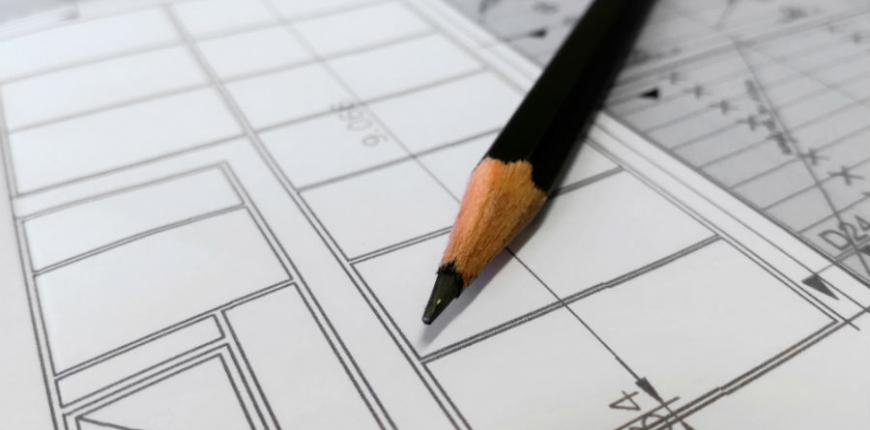How do I proceed to optimise my local water management and sanitation system and make it more sustainable?
There is surely no shortage on innovative solutions (see Implementation Tools) to optimise local water management and sanitation systems. However, the tricky part is often the question on how do I plan and proceed in implementing those solutions?
Based on the classic project cycle, many organisations developed step-by-step participatory programming and planning frameworks or approaches to help you to find, select, implement and ensure the long-term sustainability of sanitation, water and hygiene interventions. What all frameworks and approaches have in common, is that they all follow the idea that all the involved and affected people and groups should be involved in the whole process. This, not only by informing them, but by actively including the stakeholders in the planning, decision making, implementation and follow up process to ensure the long-term sustainability of projects and programmes.
Though there is no consensus on the number of “steps” or how they should be named, most approaches cover at least the five steps as in the graph above.
Here, you will find a selection of the most important programming and planning frameworks or approaches (an even more exhaustive collection can be found in a publication of the WSSCC).
Each of the frameworks or approaches has a different focus; be it
or a combination of the three. Some focus more on behavioural change, such as the PHAST approach, some more on demand creation as the CLTS and others like the CLUES guides people through an integrated multi-sector and multi-actor process for planning environmental sanitation services. Which one serves your purpose best depends on your local situation, your focus and your preferences. Use the one that suits you best!
Mix and Match your Participatory Planning & Process!
Many of the existing programming and planning frameworks or approaches use common participatory planning and implementation support tools that are also widely used in other development fields. The most well known of these „packages“ of participatory tools is „Participatory Rural Appraisal“ (PRA); another one is SARAR for example. These packages differ in how they have been developed (by whom and for what purpose) and, to some extent, in how they have been applied in the field. Nevertheless, the participatory tools that comprise the packages are similar and complementary, and can often be “mixed and matched” together for any one piece of your process.
In the following sections you will find common (participatory) planning and implementation support tools that may help you in the PROCESS of implementing sustainable sanitation and water management interventions in your area:
Summarises the activities at the beginning of a process, including
If there is no demand, many approaches (e.g. CLTS propagate the creation of demand in the first place, so that the request for solutions comes from the people, not the implementing agencies. Get to know how to
Deals with the activities done in an actual participatory decision making process together with stakeholders such as
Summarises the activities undertaken after a consensus has been found on what kind of implementation tools should be implemented. It deals with issues such as:
Summarises the activities (which are unfortunately often forgotten) to ensure that programmes and projects will be sustainable in the long term, such as


